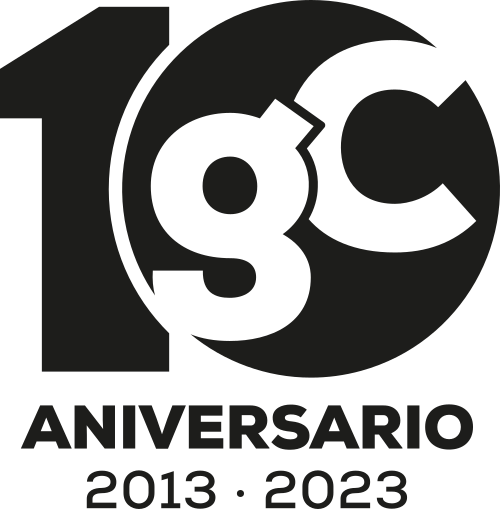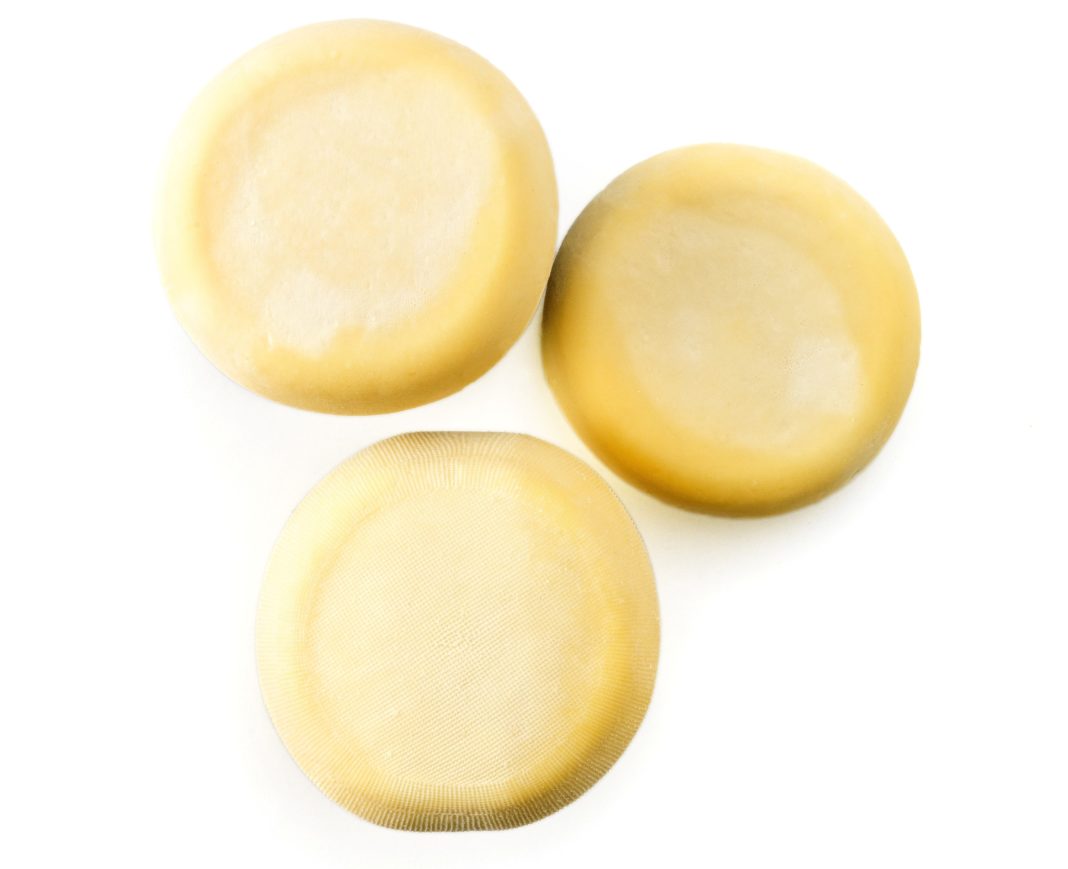Arzúa Ulloa cheese is the most produced and consumed in Galicia. A success that comes from the main attributes that define this product of secular tradition: the smoothness of its flavor and its creamy texture is especially well received by many palates.
But how do you get these specific features? The success of Arzúa Ulloa cheeses is based on three fundamental pillars: the place where they are produced, the raw material they use and the way they work it. A fourth key element in its triumph could still be added: the large number of gastronomic possibilities through which it can be tasted.
The requirements of the Arzúa Ulloa Protected Designation of Origin (PDO) mark a very specific geographical area for the production of the product and its raw material, cow’s milk. This includes city councils in the regions of Arzúa, Terra de Melide, A Ulloa, Chantada O Deza and some neighboring areas, in which both cheese and milk itself must be produced.
In general, these are places located at points with relative elevation above sea level (the entire territory is above 300 meters) and where average temperatures and rainfall allow maintaining good quality meadows.
These meadows, which mark the landscape of the entire land of Arzúa Ulloa cheese, will serve as food for the cows that will produce the milk from which the cheese will be made. Within the PDO, natural and whole milk from copies of the rubia galega, alpine brown or friesian must be used.
Intense dairy aroma
Regarding the production process, the way of working the raw material, the result is a yellow cheese, lentil or cylindrical shaped and with a thin rind. It has a salty taste with an intense dairy aroma and the degree of acidity is low.
“Its mild flavor, with an acid touch, is reminiscent of the natural cheeses that were formerly made at home”, says Isabel García, from Bo-Queixo
Its maturation period is short, 6 months minimum, but this cheese has the peculiarity of continuing to mature over time. Therefore, the best way to keep it in optimal conditions is to protect it with a material that allows it to breathe, keep it in a place free of strong odors and keep it at room temperature and constant (between 8 and 10 degrees).
Innovation and tradition
For Isabel García, maker of the Bo-Queixo cheese factory in Boqueixón (A Coruña), the fundamental reason why this variety is so popular is “for its creamy texture and for its mild flavor, with an acid touch, reminiscent of the natural cheeses that were made formerly in houses”.
This characteristic taste allows you to enjoy it on its own, accompanied by some walnuts, quince paste or eat it as a sandwich, for example. But the range of consumption possibilities is much greater: the gastronomic proposals of the most innovative cuisine are already introducing Arzúa cheese in their elaborations.
Regarding to that, García points out that “it is being used more and more in restaurants, especially as melting cheese, and also when preparing some desserts.”
A festival for cheese
Since 1975, Arzúa (a town in A Coruña region) celebrates its Festa do Queixo (the Festival of Cheese), an event around this product that has grown and evolved to become a great meeting point for artisans, professionals and the general public.
The celebration, which takes place the first weekend of March at the Terras do Queixo fairgrounds, currently has a marked interdisciplinary character that goes far beyond an appointment for the sector. Declared of Tourist Interest of Galicia, its gastronomic section is completed with a varied cultural and artistic program that extends through different areas of Arzúa.
The tastes of the Lands of Santiago
It is not the only delicacy that we can taste in Lands of Santiago area, whose deep link with the Camino Xacobeo is also evident in some of the most typical products of the area. This is the case, among others, of the famous Saint James’ cake, made with almonds and traditionally decorated with the apostle’s cross.
The list of essentials of the local gastronomy also includes delicacies such as the traditional gingerbreads and pastries from Melide, the renowned peppers of Herbón or the unique liquors of Ulla, among other foods and beverages.














